Belgium, perched on the North Sea coast, is a European dynamo.
Each year over 2 million travelers flock to its eclectic mix of medieval architecture and modern upscale shopping.
And this modest Flemish country is also known for some of the world’s best chocolate and waffles.
Belgium is passably safe. Not unexpectedly, the majority of crime occurs in large cities.
The capital city, Brussels, has the highest incidence, while smaller towns in the Flemish countryside are relatively crime-free.
The population of 11.5 million annually reports 867,000 offenses.
This translates into a nationwide crime index of roughly 49%.
Petty theft, including purse snatching and pickpocketing, rates number one, with 2,042 crimes per 100,000.
Thieves in the city prefer technology such as iPhones and tablets – just the things travelers bring on vacation to stay connected.
The weather in Belgium, a temperate maritime climate, is cold and wet.
The average yearly temperature is 55°F – making June to mid-September the best time to visit.
One of the more unusual but enforced laws in Belgium revolves around identification.
All non-citizens must carry official IDs, such as passports, at all times.
So whether you are in the quieter Turveren countryside or the bustling dance clubs of Carré, all situations can turn dangerous.
Contents
10 Most Dangerous Cities in Belgium
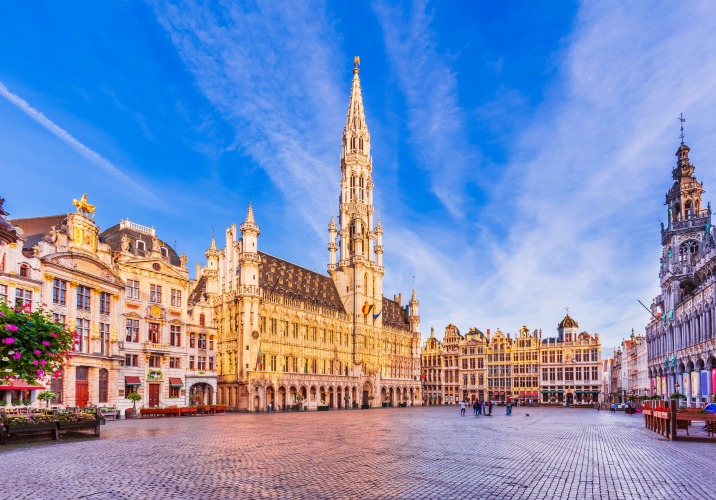
1. Brussels
A global city on par with Paris, London, and New York City, Brussels is vital to the European Union.
It is also home to over 1 million residents.
The things to do in Brussels are endless in this cosmopolitan city.
The dual attractions of Mini-Europe and its nearby companion, the Atomium, rival the London Eye.
The Grand Royal Palace is an extraordinary example of Brabantine Gothic and Baroque architecture.
Unfortunately, with tourism and fortune comes crime.
In Brussels, Car thefts are rising, and the train stations, Gare, are known for pickpocketing and snatch-and-grab teams.
According to the 2022 European Better Life Index, Belgium’s homicide rate was a scant 1.7 per 100,000 people.
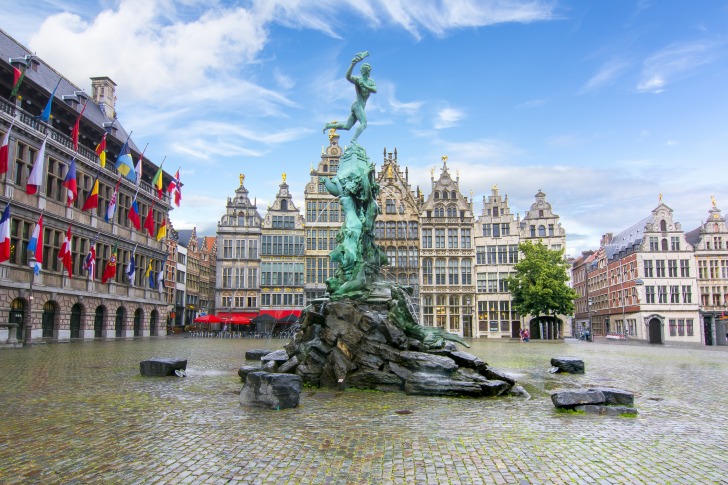
2. Antwerp
Twenty-nine miles north of Brussels, Europe’s second-largest port lies on the banks of the Scheldt River.
First settled in the 16th century, today’s Antwerp is known as the world’s diamond capital.
Renaissance architecture, part of Antwerp’s Golden Age, is evident in Grote Markt and the home of Flemish Baroque painter Peter Paul Rubens.
Though filled with beauty, Antwerp is not without a criminal element.
Stolen cars, petty theft, and vandalism are some of the most prevalent offenses, but overall the crime index for a population of 460,000 is relatively low-40%.
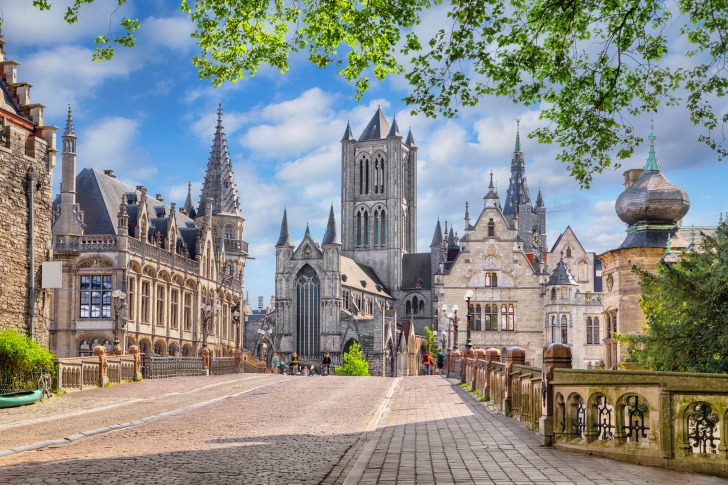
3. Ghent
A city of many names, Ghent, Gent, and Gand, sits at the confluence of the Leie and Sxheldt Rivers.
West of Antwerp and Brussels, the three cities form a distinctive triangle.
An area of expansive public squares, including Vrijdagmarkt or Friday Market, this Medieval Manhattan was the center of monastic life, with six medieval monasteries.
The 7th-century abbey ruins of St. Peter’s Abbey are fabled as some of the country’s oldest.
Ghent’s crime index of 26.51 affords its 232,000 residents relative safety – surrounded by extraordinary architecture and beauty.
And it’s typical for tourists to walk the city day and night.
Ghent is not entirely without crime, with a high incidence of assault, petty theft, and pickpocketing – 3,716 reported offenses.
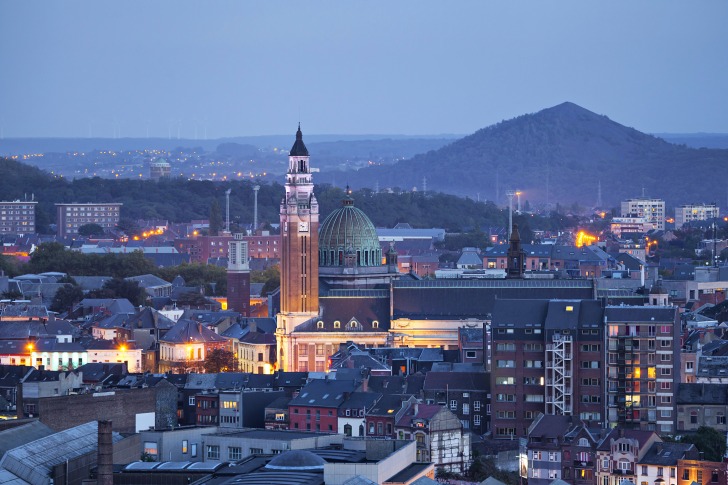
4. Charleroi
Charleroi, part of Belgium’s south-central Walloon Province, has a crime index of 63%, making it one of the most dangerous places.
Its roughly 200,200 residents are spread throughout this coal mining basin and a UNESCO World Heritage site.
Students from two universities occupy the city’s center.
The driving force behind Charleroi’s criminal elements is a substantial 20% unemployment rate – 14% higher than the national average.
Still, crime is mainly confined to a handful of hot spots, with drug crimes, theft, and vandalism the most widely reported.
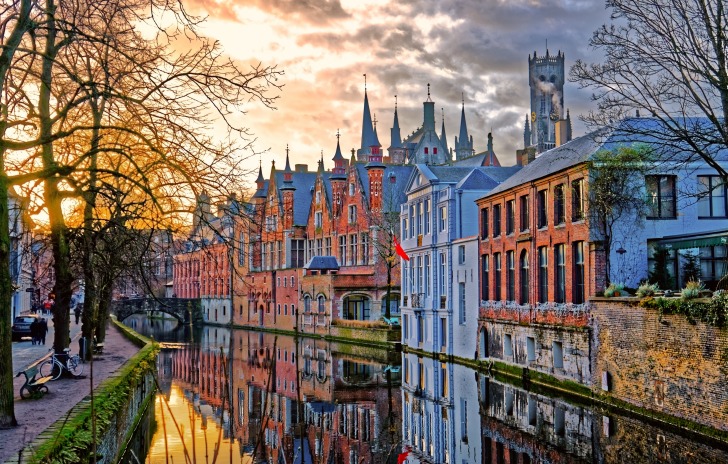
5. Brugge
Brugge is a historic port city and Belgium’s 6th-largest.
Resplendent with quaint cobblestone streets and medieval canals, this UNESCO World Heritage Site is worth a stop.
It s also 9 miles from the Zeebrugge, a popular sea resort.
Some of the more intriguing stops on a tour of Brugge are the modernist Art Deco Town Hall, complete with Belfry Tower that chimes Belgian folk tunes, and the Museum of Fine Arts, with a sizeable collection of work by Belgian artist René Magritte.
With a crime index of 25.53, Brugge is lower down the list of dangerous places in Belgium.
Violent crime, petty theft, and harassment are low.
However, locking doors and keeping a keen eye on valuables is highly recommended.
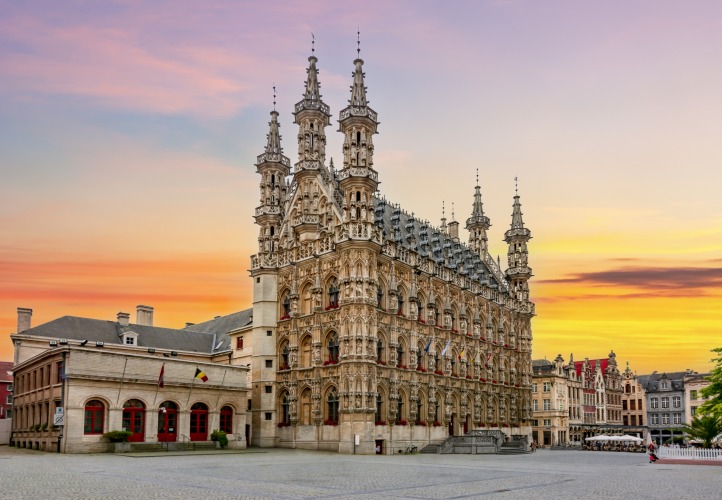
6. Leuven
Another Belgian city with multiple names, Leuven or Louvain, is the capital city of the province of Flemish Brabant.
Roughly 100,000 Belgians and the students of KU Leuven, Belgium’s largest university, call this area home.
Sixteen miles east of Brussels, the 15th-century town of Leuven is closely associated with beer; Anheuser-Busch InBev is headquartered in one of the region’s five suburbs.
Tourists are fascinated with the spires of Leuven’s town hall.
This unique yellow and white masonry stone building is decorated with statues of famous figures and saints.
Also, in the central square is the Gothic St. Peter’s Church, which houses Flemish Primitive painter Dieric Bouts’ Last Supper.
For those looking for a bit of refreshment or entertainment, Oude Markt is a popular entertainment area.
Leuven is one of the few cities in Belgium where solo and female travelers can walk day and night with relative confidence.
But even with a 17% crime rating, caution and situational awareness in Leuven are advised.
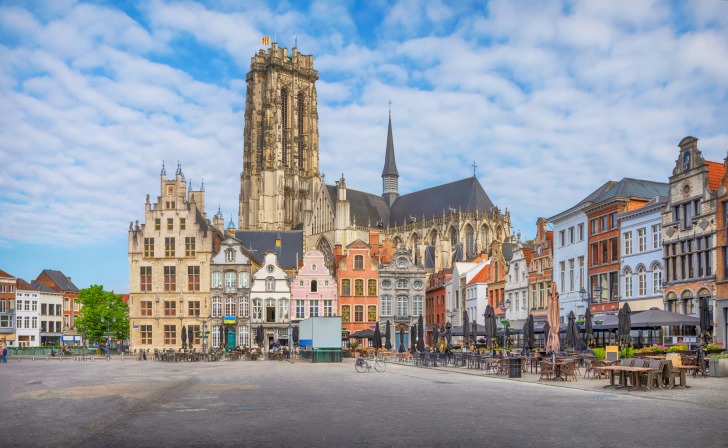
7. Mechelen
North of Brussels, halfway between the capital and Antwerp, lies Mexhelen, a modest town of 86,000 residents.
This medieval settlement is known for St. Rumbold’s Cathedral, an impressive Brabantine Gothic structure immediately off the city’s central square.
Mechelen is surprisingly safe, considering its proximity to the two largest cities in Belgium.
With a crime index of 23%, visitors can peacefully admire this historic town’s churches and museums.
If you experience criminal activity, it will likely be petty theft, crimes of opportunity, and occasional harassment.
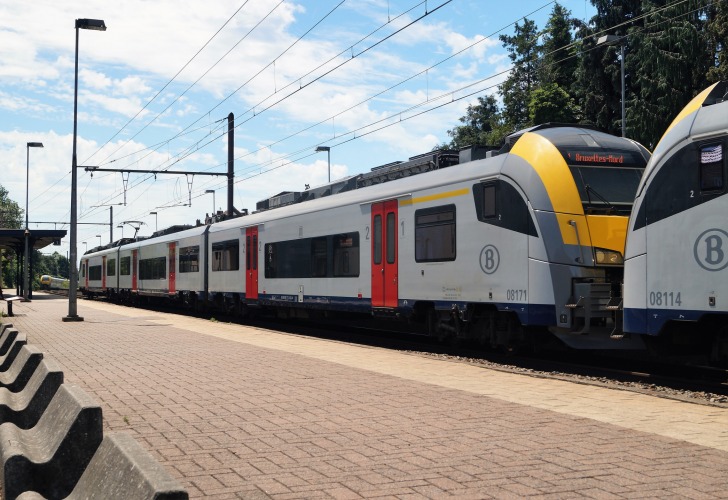
8. Waterloo
Waterloo, Belgium, is 25 miles south of Brussels.
If the name rings a bell, that may be because this small town – THE Waterloo – is the infamous site where Emperor Napoleon I was defeated in 1815.
One of the most visited sites is the Napoleonic battlefield, where visitors can see the Lion’s Mound, an artificial hill marked by a cast-iron lion, as a memorial.
This small town’s 30,000 residents are surprised to see crime rising.
But despite this increase, the city’s crime index of 29% remains slightly above the Belgian national average of 20%.
Property, including vandalism and petty theft, crime leads to the number of violations at 45%; drug crimes are registered as 20% of all offenses.
Like in the 19th century, execution on the streets of the 21st century is advised.
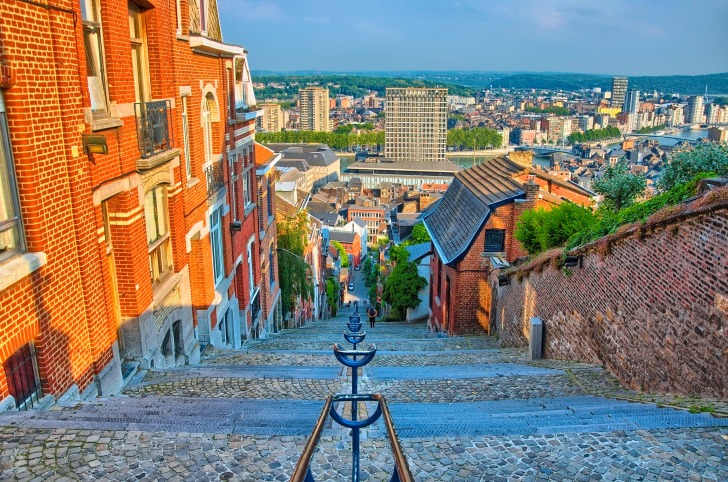
9. Liège
Liège lies on Belgium’s Meuse River – an eclectic mix of modern and medieval architecture with a French flair.
Travelers to this medieval city can explore the historical landmarks by day and enjoy Liège’s vibrant nightlife by night.
But Liege has a growing crime rate, now at 60%, with drugs and street harassment at the top of the list.
A common offense is theft of belongings from vehicles.
So lock your doors. And there are sections of the city you should avoid at night, particularly the Sainte Marguerite area.
If the nightlife of Carré is a must-see, keep an eye on your drink, your bags, and your surroundings.
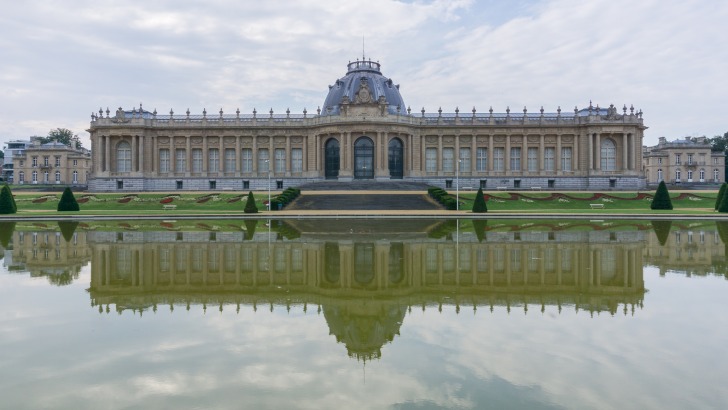
10. Tervuren
Just 10 miles from the capital city of Brussels, this quaint medieval town was first settled in 1213 AD.
Tervuren’s 20,623 residents speak mainly Dutch.
But the small town and its neighbors of Duisburg, Tervuren, Vossem, and Moorsel are popular with ex-pats, evident in the Golf Club, International British School of Brussels, and a large central park, Park van Tervuren, open 24 hours a day.
Unfortunately, there is the occasional crime in Tervuren, and because of its proximity to Brussels, it has a higher-than-average rating for possible terrorist attacks.
However, caution and common sense are the best deterrents, whether you are in Tervuren or The Hague.
5 Safety Tips for Traveling to Belgium
Wherever you travel, certain precautions ensure safety.
- Keep track of all belongings. Pickpockets are everywhere – train stations, cafes, sports stadiums, and crowded streets. They target high-dollar electronics and neglected belongings.
- Carry your identification: One of the enforced laws in Belgium pertains to ID. All foreign travelers must always carry official identification and required travel Visas.
- Prepare for emergencies. The emergency number for police in Belgium is 101, and for ambulance and fire services, dial 112 -the pan-European emergency number. Jot down your embassy information, hotel, and personal details, just in case.
- Use recognized transportation. Only do business with licensed taxis or ride shares such as Uber. Public transit is safe with a bit of situational awareness. Avoid getting into unmarked taxis or riding with strangers.
- Learn a few Dutch or French phrases. Even one or two expressions can be helpful in an emergency or when asking for directions or ordering food. Translation apps are also useful.
Belgium Safety Overview
READ THE FULL REPORT: Belgium Safety Review
Safety Index:
- OVERALL RISK: MEDIUM
- TRANSPORT & TAXIS RISK: MEDIUM
- PICKPOCKETS RISK: HIGH
- NATURAL DISASTERS RISK: LOW
- MUGGING RISK: MEDIUM
- TERRORISM RISK: HIGH
- SCAMS RISK: MEDIUM
- WOMEN TRAVELERS RISK: LOW
Frequently Asked Questions
Is Belgium Safe for Solo Travel?
Belgium is very safe for solo travelers.
An urban cultural center, women and members of the LGBTQ community can safely travel here alone.
But, there are areas to avoid at night.
And general precautions are always good practice.
What Language is Spoken in Belgium?
Dutch and Flemish are the most widely spoken, although the cosmopolitan nature of Belgium ensures many languages.
However, visitors will hear French, German, and English throughout the country.
In fact, approximately 55% of Belgians speak English.
What Currency Is Used in Belgium?
Euro banknotes and coins are the preferred currency of the EU and Belgium, replacing the millennia-old Belgian franc.
Is tipping customary in Belgium?
Tipping in Belgium is neither standard practice nor expected.
Most staff are paid a reasonable wage.
Also, it is customary for restaurants to automatically include a 10–15% tip in the bill.
If the service is outstanding, you can always leave a few euros on the table when you depart.
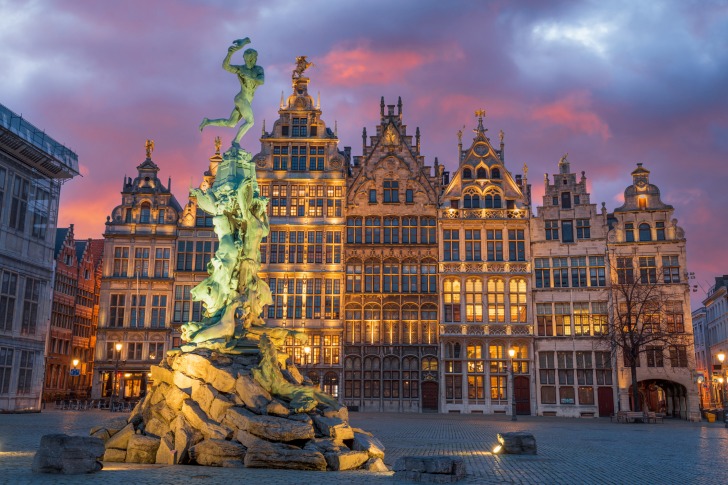

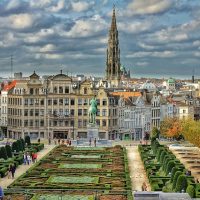









In my opinion, while Belgium may have some areas with higher crime rates, overall it is a safe country to visit as long as travelers take necessary precautions and use common sense.
In my opinion, while Belgium may have some areas with higher crime rates, overall it is a safe country to visit as long as travelers take necessary precautions and use common sense.